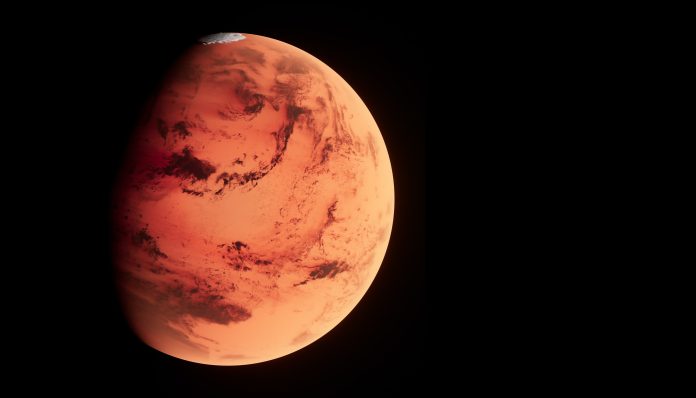The expedition to send a space shuttle to land on Mars has been ongoing for decades. Once the moon landing proved successful, it was only the beginning of space travel. Now the real question is if scientists can start landing humans on Mars!
While the talk of NASA successfully bringing astronauts to the planet Mars, the endeavor itself is much more complex than they ever thought it would be. The issue is not getting the astronauts to Mars. The more daunting task is successfully landing the shuttle once it gets there.
What Mars Is Like
According to Lena Nanza, a planetary scientist at NASA, “Mars is kind of like a graveyard for spacecraft”. In 2016, a $250,000,000 mission named “Skia Perelli” was launched to test our landing abilities.
All was well as scientists thought it would be until the landing. Unfortunately, this shuttle’s parachute detached too early, causing the shuttle to free fall for 30 seconds and then crash into the sandy planet at a vicious velocity of 335mph.
Issues With Mars
The first major issue with landing humans on mars is the massive difference between the Earth and Mars’ atmosphere. The Martian atmosphere is 100 times thinner than Earth, preventing the friction needed for the spacecraft to slow down before entering the atmosphere.
The second major issue is the planet’s lack of a magnetic core. Unlike Mars, Earth has a molten metal core that, in return, creates a magnetic field. This magnetic field helps protect the planet from the harsh solar rays of the sun. Mars not having this makes the terrain and weather conditions ever-changing, adding to the difficulty of planning a mission.
Landing Success
The continuous efforts NASA has put into sticking the landing on Mars have had only a 50% success rate. The amount of money, time, and brainpower from engineers it takes to send not multiple shuttles as tester missions explains the reasons NASA has yet to give the word to an expected time.
With the team’s continuous efforts within NASA, perhaps one day we will get to watch astronauts take on new terrain. This time, however, the destination will be much farther away.
They won’t just be walking on the moon, but on a planet. Landing humans on Mars may just be a reachable goal.



















